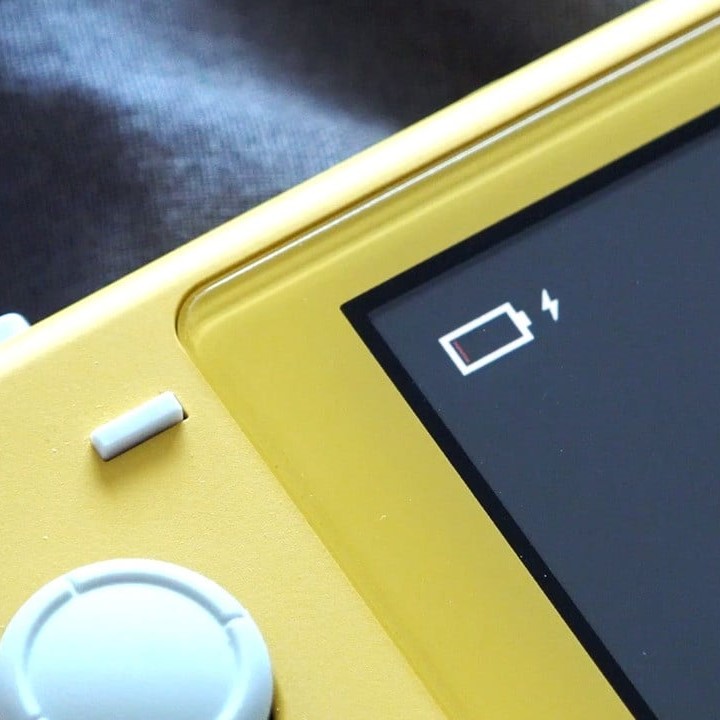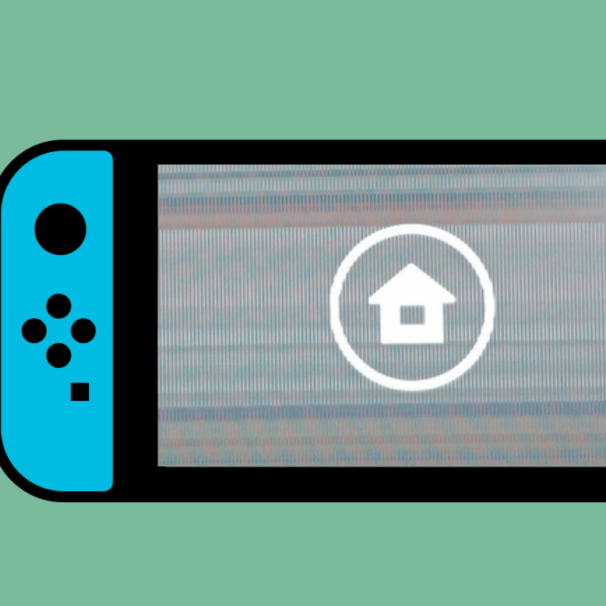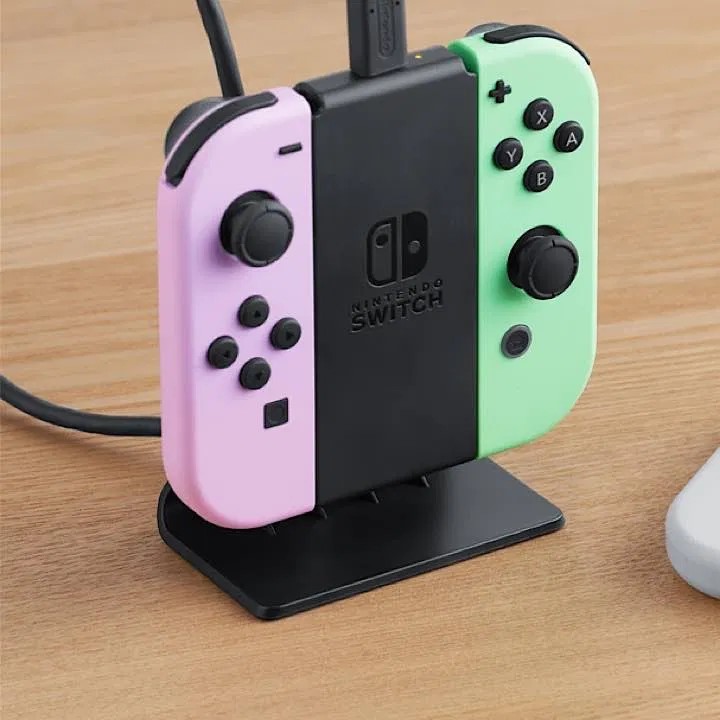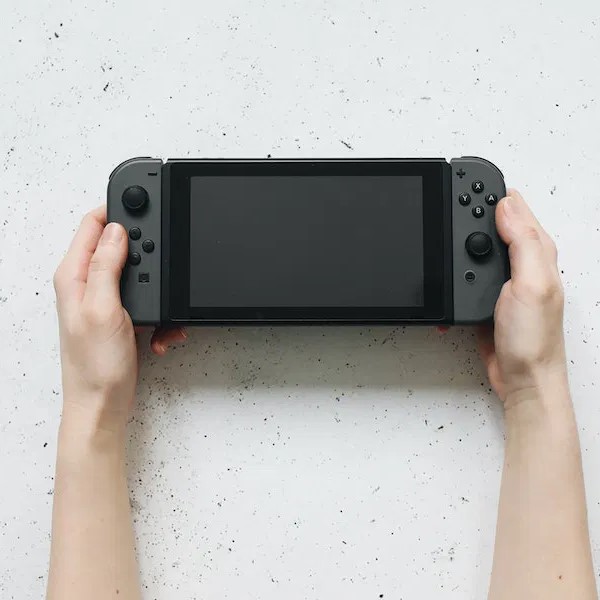“Why is my Nintendo Switch not turning on?” is one of the most common concerns among users of this popular gaming console. Whether you’re a casual player or a dedicated gamer, facing a blank screen can be frustrating and confusing. The good news is that many causes are simple to fix and do not require professional repair.
Moreover, power issues can stem from various sources. Sometimes, the problem lies in the charger, cable, or battery. Other times, it may involve software glitches or hardware damage. Identifying the root cause quickly helps avoid unnecessary stress and costs.
In addition, understanding how the Nintendo Switch functions improves troubleshooting success. The device relies on a combination of internal components, external accessories, and proper charging habits. When one part fails, the entire system may appear dead.
Also, symptoms vary. Some consoles show no lights at all. Others display a dim screen or vibrate briefly. These clues help narrow down whether the issue is power-related, software-based, or hardware-linked.
Furthermore, environmental factors matter. Exposure to moisture, dust, or extreme temperatures can impair performance. Dropping the device might also disrupt internal connections.
Nintendo provides basic support, but many fixes are user-friendly. With the right steps, most people can restore their Switch without sending it in for service.
Ultimately, answering “why is my Nintendo Switch not turning on” involves checking each possibility methodically. This guide walks you through every step, from simple resets to advanced diagnostics.
 Common Reasons Your Nintendo Switch Won’t Power On
Common Reasons Your Nintendo Switch Won’t Power On
A drained battery is the most frequent cause. If unused for days, the Switch may shut down completely. First, plug it into a known working charger. Wait at least 30 minutes before trying again.
Faulty charging equipment often misleads users. Not all USB-C cables support data and power delivery. Use the original Nintendo cable or a certified alternative. Cheap third-party cords may look identical but fail to charge.
The AC adapter could also be defective. Test it with another device. If it doesn’t power anything else, replace it immediately. Genuine Nintendo adapters perform best.
Overheating disables the system automatically. If the Switch gets too hot, it shuts off to protect internal parts. Let it cool in a shaded area for an hour before restarting.
Dust or debris in the charging port blocks connection. Inspect the dock and console port closely. Gently clean with a dry cotton swab or compressed air. Avoid sharp objects.
Software crashes sometimes freeze the system. The console appears off but is actually stuck. A forced restart can resolve this without data loss.
Physical damage from drops or spills affects functionality. Cracked screens or bent ports prevent normal operation. Internal components may disconnect.
Finally, firmware issues rarely occur but can lock the device. Corrupted updates interrupt booting. Recovery mode may be required.
Each of these reasons explains why is my Nintendo Switch not turning on. Check them in order to save time.
Step-by-Step: How to Force Restart a Nintendo Switch
A force restart solves many startup problems. First, press and hold the Power button for 15 seconds. Do not release it early. This ensures the system fully cuts off.
Wait 10 seconds after releasing the button. This pause clears residual power. It gives the console a clean reset.
Then, press the Power button once more. Hold it for one second only. Release it and wait. The green LED should light up.
If successful, the screen turns on within 20 seconds. You’ll see the Nintendo logo. Then, the home menu loads as usual.
Repeat the process if the first attempt fails. Sometimes, multiple restarts are needed after a deep freeze.
Avoid pressing volume buttons during this process. They trigger screenshot functions. Only use the Power button.
Use this method before trying other fixes. It’s safe and does not erase saved games or settings.
Many users skip this step and assume hardware failure. However, a quick force restart resolves silent freezes effectively.
If the console still won’t turn on, move to deeper diagnostics. But always start here.
This simple fix addresses temporary glitches. It’s the first tool in your troubleshooting kit.
 Checking the Charging Cable and Adapter
Checking the Charging Cable and Adapter
Not all USB-C cables work the same. Many users assume any cord will charge their Switch. This mistake delays recovery when asking “why is my Nintendo Switch not turning on.”
First, use the original cable that came with the console. It supports full power delivery. Third-party cables may lack the correct specifications.
Next, inspect the cable for fraying or bends. Damaged wires interrupt current flow. Replace it if you notice exposed metal or stiffness.
Test the cable with another device. Plug it into a phone or tablet. If charging doesn’t begin, the cable is faulty.
The AC adapter must also function properly. Plug it into a wall outlet. Connect the cable and check for green light on the dock.
Try a different wall socket. Some outlets lose power over time. Surge protectors may need resetting.
Use a multimeter if available. Measure voltage output. A healthy adapter delivers 5.0V. Lower readings mean replacement is needed.
Avoid car chargers or portable power banks unless rated for Switch use. Low-output devices fail to charge the battery.
Nintendo recommends official accessories. While pricier, they ensure compatibility and safety.
Always test both cable and adapter together. One bad component stops the whole chain.
By confirming each part works, you eliminate guesswork. This speeds up the repair process.
Cleaning the Charging Port and Dock
Dirt and lint accumulate in the charging port. Over time, this blocks electrical contact. As a result, the Switch fails to receive power.
Inspect the port on the bottom of the console. Shine a flashlight inside. Look for dark buildup or foreign particles.
Use a dry cotton swab to remove surface debris. Rotate it gently along the edges. Do not push too hard.
Compressed air works well for deeper cleaning. Spray short bursts into the port. Hold the can upright to avoid moisture.
Avoid metal tools like pins or paperclips. They can scratch connectors or cause shorts. Never use liquids.
Check the dock’s USB-C slot too. Dust collects there just as easily. Clean it using the same method.
After cleaning, reconnect the cable firmly. Push until it clicks. Wiggle it slightly to confirm stability.
Try charging again for at least 30 minutes. Watch for the green LED near the power button.
If the light comes on, the port was likely blocked. Success means the console can now draw power.
Regular maintenance prevents future issues. Clean the port monthly if used daily.
Keeping connections clear avoids false diagnoses. Many think the battery died when it’s just a dirty port.
 Testing the Battery and Screen
Testing the Battery and Screen
Even with power, a failing battery won’t hold charge. To test, leave the Switch plugged in for two hours. Then unplug it.
Turn it on immediately. If it dies within minutes, the battery may be degraded. Heavy use over years reduces capacity.
Older models, especially non-OLED versions, suffer from battery wear. Replacement kits exist but require skill.
Screen issues can mimic power failure. The console runs, but the display stays black. Check for subtle signs.
Press the Home button. Listen for sounds or controller vibrations. A responsive Joy-Con confirms the system is on.
Shine a flashlight at the screen. Look for faint images. This indicates backlight failure, not a dead console.
Connect the Switch to a TV. Use the dock and HDMI cable. If gameplay appears on screen, the internal display has failed.
Internal hardware problems require professional repair. Do not open the case unless experienced.
Battery calibration might help. Fully drain the Switch. Then charge it to 100% without interruption.
This resets the battery meter. It sometimes restores accurate readings.
If none of these steps work, hardware damage is likely. Contact Nintendo Support or an authorized technician.
Using the Dock and HDMI Setup to Diagnose
Connecting your Switch to a TV bypasses the built-in screen. This helps determine if the issue is with the display or power.
First, ensure the dock has power. The front LED should glow white. If not, check the adapter and outlet.
Insert the Switch into the dock. Push down until it locks. The green power light should appear.
Connect an HDMI cable from the dock to your TV. Set the TV input to the correct HDMI channel.
Wait 15 seconds. You should see the Nintendo logo on screen. Audio may play even if video lags.
If the TV shows gameplay, the console works. The problem is the internal screen or digitizer.
Try removing the Switch and using handheld mode again. Now you know it powers on.
Use this method weekly if you suspect intermittent faults. Early detection saves time.
Also, test different HDMI cables. A broken wire can block video output. Swapping cables identifies the culprit.
Keep a backup cable handy. It simplifies future troubleshooting.
This diagnostic step answers part of “why is my Nintendo Switch not turning on.” It isolates the fault.
 Preventing Future Power Issues
Preventing Future Power Issues
Good habits extend your Switch’s lifespan. Always power it down properly. Hold the Power button and select “Power Options > Turn Off.”
Avoid leaving it in direct sunlight. Heat damages the battery and screen. Store it in a cool, dry place.
Use a protective case. It cushions against drops and scrapes. Silicone or hard-shell options work well.
Charge regularly. Don’t let the battery hit 0% often. Try to keep it between 20% and 80%.
Unplug once fully charged. Though modern batteries manage overcharging, unplugging reduces strain.
Clean the charging port monthly. Preventative care avoids sudden failures. Use a soft brush or air blower.
Update system software regularly. Fixes include power management improvements. Go to System Settings > System > Update.
Keep spare cables and adapters. Buy genuine ones ahead of time. Emergencies happen when least expected.
Store the console upright or flat. Never stack heavy items on top. Pressure warps internal parts.
Following these tips keeps your Switch running smoothly. Prevention beats repair every time.
Frequently Asked Questions About Nintendo Switch Power Failure
Why won’t my Switch turn on after dying?
It may need a long charge. Plug it in for at least 30 minutes before retrying.
Can a factory reset fix a black screen?
Only if software is frozen. Perform it via recovery mode if accessible.
Does freezing the Switch help?
No. Extreme cold damages electronics. Never put it in a freezer.
How long should I charge a dead Switch?
At least 30 minutes. For deeply drained units, try two hours.
Is the OLED model less likely to fail?
It has improved components. However, all models face similar risks.
Can game cartridges cause startup issues?
Rarely. Remove them during troubleshooting to rule out conflicts.
Should I open the Switch myself?
Only if skilled. Opening voids warranty and risks further damage.
Will Nintendo repair it for free?
Only under warranty or recall. Otherwise, fees apply.
 Final Thoughts on Why Is My Nintendo Switch Not Turning On
Final Thoughts on Why Is My Nintendo Switch Not Turning On
Understanding why is my Nintendo Switch not turning on empowers you to act fast and wisely. Most issues come from simple causes like dead batteries, bad cables, or dirty ports. By following logical steps, you can often restore function without cost.
From force restarts to dock testing, each method narrows down the problem. Users gain confidence by ruling out possibilities one at a time.
Prevention plays a major role. Proper charging, storage, and maintenance reduce breakdowns. A little care goes a long way.
When all else fails, professional help is available. Nintendo Support offers guidance and repair services. Authorized centers handle delicate repairs safely.
Ultimately, the Switch is durable when treated well. Its design allows for years of enjoyment. Knowing how to troubleshoot ensures uninterrupted play.
So, if your console seems lifeless, don’t panic. Work through this guide calmly. In most cases, the solution is closer than you think. And soon, you’ll be back in the game.